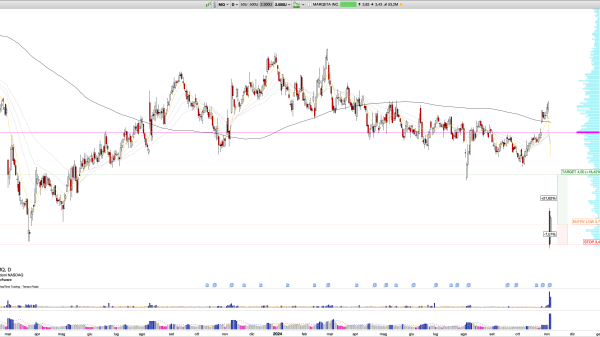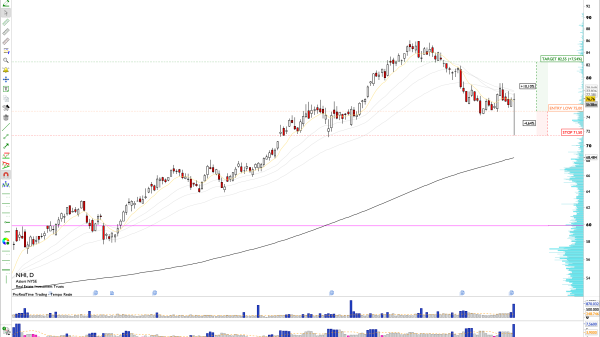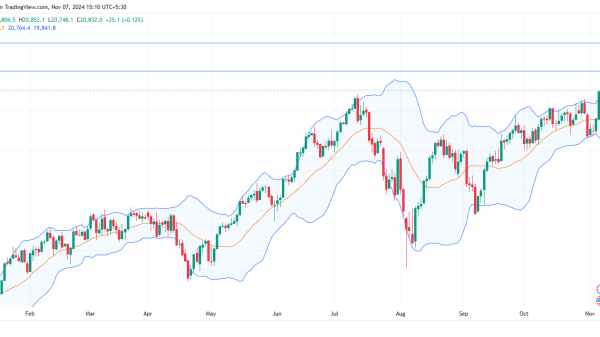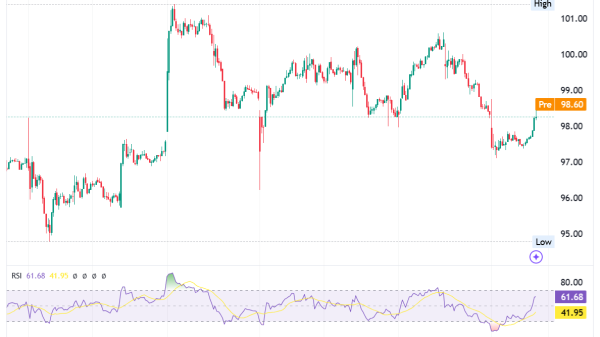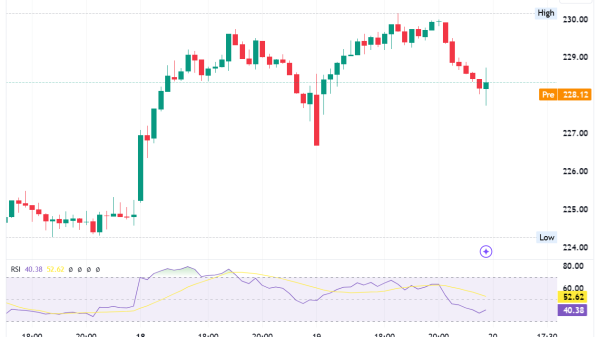What is the mark to market (MTM)?
Mark to Market (MTM) is a crucial accounting and financial concept that plays a significant role in various sectors, from corporate finance to personal financial management. In this article, we will explore what Mark to Market means in different contexts, its importance, and how it is applied in accounting, financial services, personal accounting, and investing.
Mark-to-market losses occur when financial instruments held are valued at the current market value, which is lower than the price paid to acquire them.
Banks are not required to apply the MTM to investments that they intend to hold indefinitely. These investments are valued at their purchase value.
How Does One Mark Assets to Market?
Mark to market is a regulation set by the Financial Accounting Standards Board (FASB), which creates the rules for accounting and financial reporting for companies and non-profit organizations in the United States. The FASB’s statement, “SFAS 157–Fair Value Measurements,” gives a definition of “fair value” and instructs on how to calculate it based on generally accepted accounting principles (GAAP). Assets must be valued at this fair value for accounting purposes and reviewed regularly.
Mark to Market in Financial Services
If borrowers are unable to repay their loans, financial institutions may need to make changes to their asset accounts. When these loans are classified as debt that cannot be recovered, the lending institution must adjust the value of its assets to accurately represent their actual worth. This is done by using a contra asset account called the “allowance for bad debts.”
Similarly, a business that provides price reductions to clients as a means to expedite the collection of unpaid debts (accounts receivables) will need to reduce the worth of these debts through the utilization of a contrasting asset account.
In this scenario, the company will document the amount owed in the accounts receivable category and the amount earned in the sales revenue category for the overall selling price.
Following that, by calculating the proportion of customers expected to receive the discount, the company will make a record of money owed in the sales discount section, which is an account that reduces revenue, and a record of money owed in the “allowance for sales discount” section, which is an account that reduces assets.
Mark to market in Accounting
Mark to Market in accounting refers to the practice of valuing assets and liabilities at their current market prices rather than their historical cost. This approach provides a more accurate representation of a company’s financial situation, especially for assets whose values fluctuate over time. The key principle behind MTM accounting is transparency. By constantly reassessing asset values, companies can provide stakeholders with real-time information about their financial health.
Mark to Market in Investing
In the realm of investing, Mark to Market is a critical concept for both professional and individual investors. It involves regularly assessing the current market value of investments in a portfolio, like stocks, bonds, or real estate. Investors use this information to track the performance of their assets and make strategic decisions. By applying MTM principles, investors can adjust their portfolios, sell overvalued assets, and buy undervalued ones to maximize returns and manage risk effectively.
Examples of Mark to Market
Suppose a company holds a significant number of shares in another company. To reflect the current market value accurately, it needs to mark these shares to market regularly. If the stock’s price has increased since the initial purchase, the company would record a gain in its financial statements. Conversely, if the stock’s price has declined, it would record a loss.
In personal finance, homeowners should regularly assess the current market value of their properties. If the real estate market is booming, the property’s value may have appreciated, which could influence decisions like selling, refinancing, or taking out a home equity loan.
In trading and investing, certain securities, such as futures and mutual funds, are also marked to market to show the current market value of these investments.
Are All Assets Marked to Market?
Not all assets are marked to market. Some assets are held at historical cost on the balance sheet because their values do not fluctuate significantly or because doing so would create unnecessary volatility in financial statements. For example, office equipment or furniture is typically recorded at their historical cost, as their value does not change substantially over time.
However, during challenging or unstable periods, mark to market may not accurately reflect the true value of an asset in a well-functioning market. Mark to market is an alternative to historical cost accounting, which maintains an asset’s value at the original purchase price. In futures trading, accounts in a futures contract are marked to market on a daily basis.
The post What is the mark to market (MTM)? appeared first on FinanceBrokerage.



